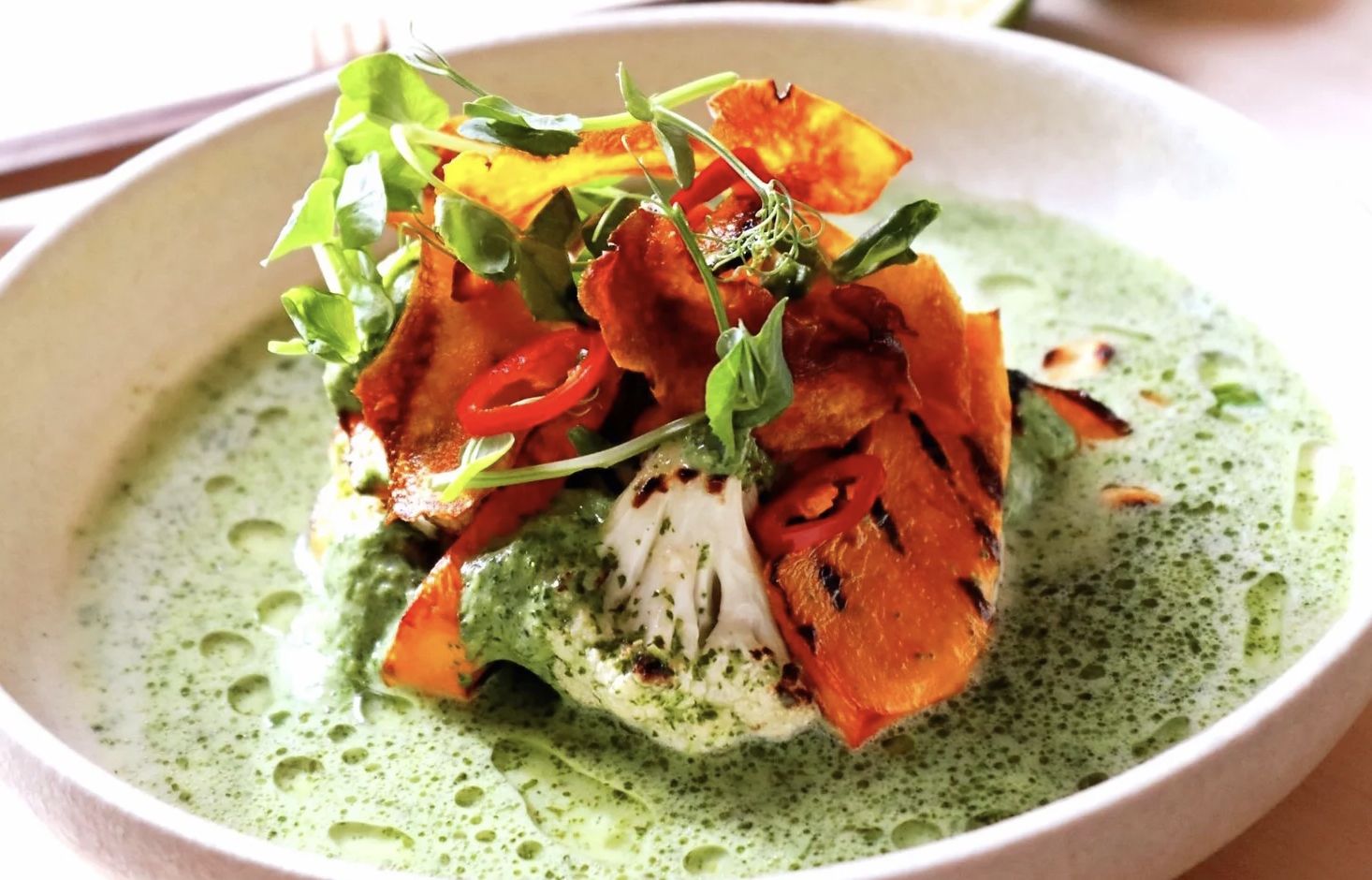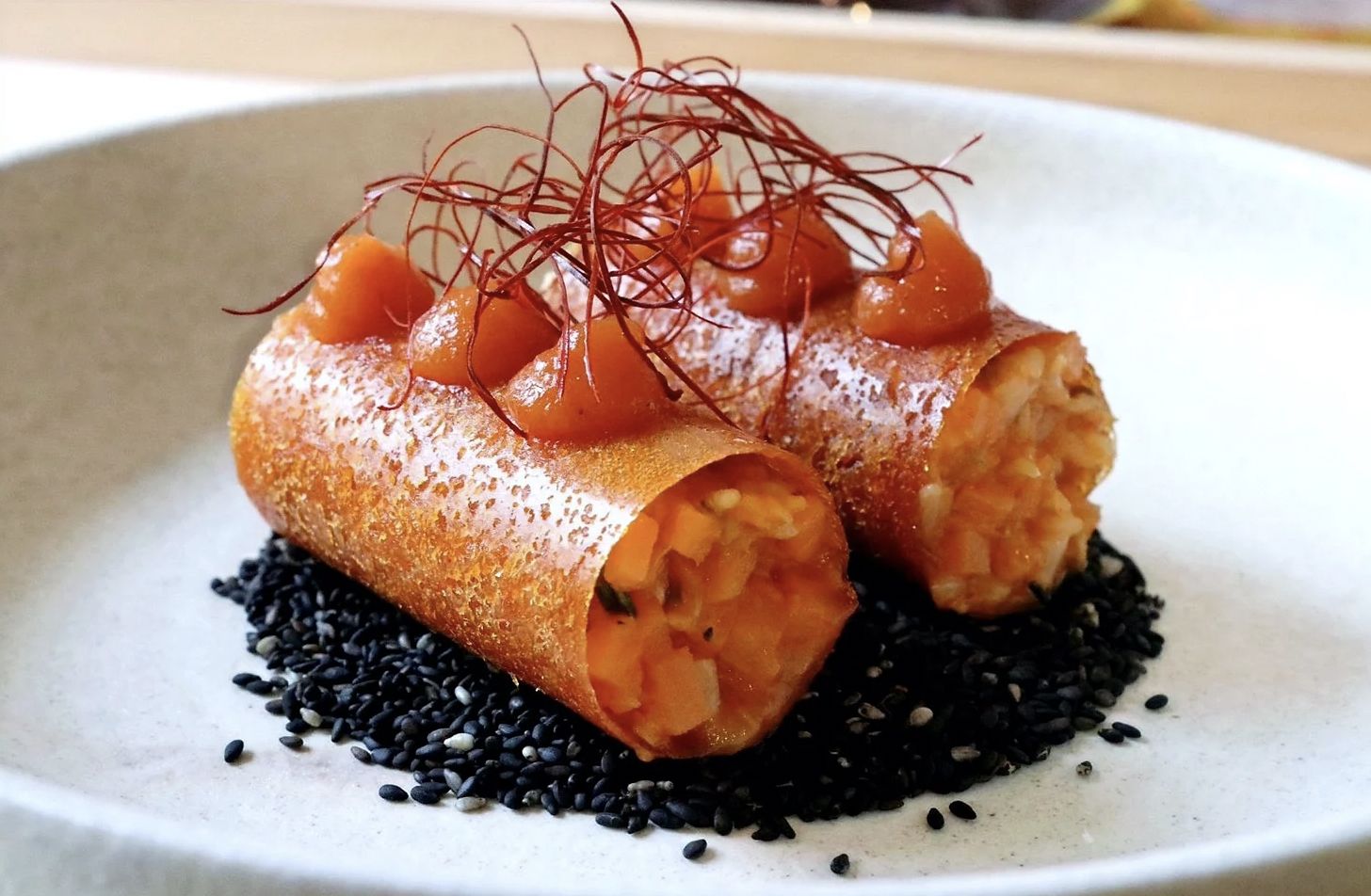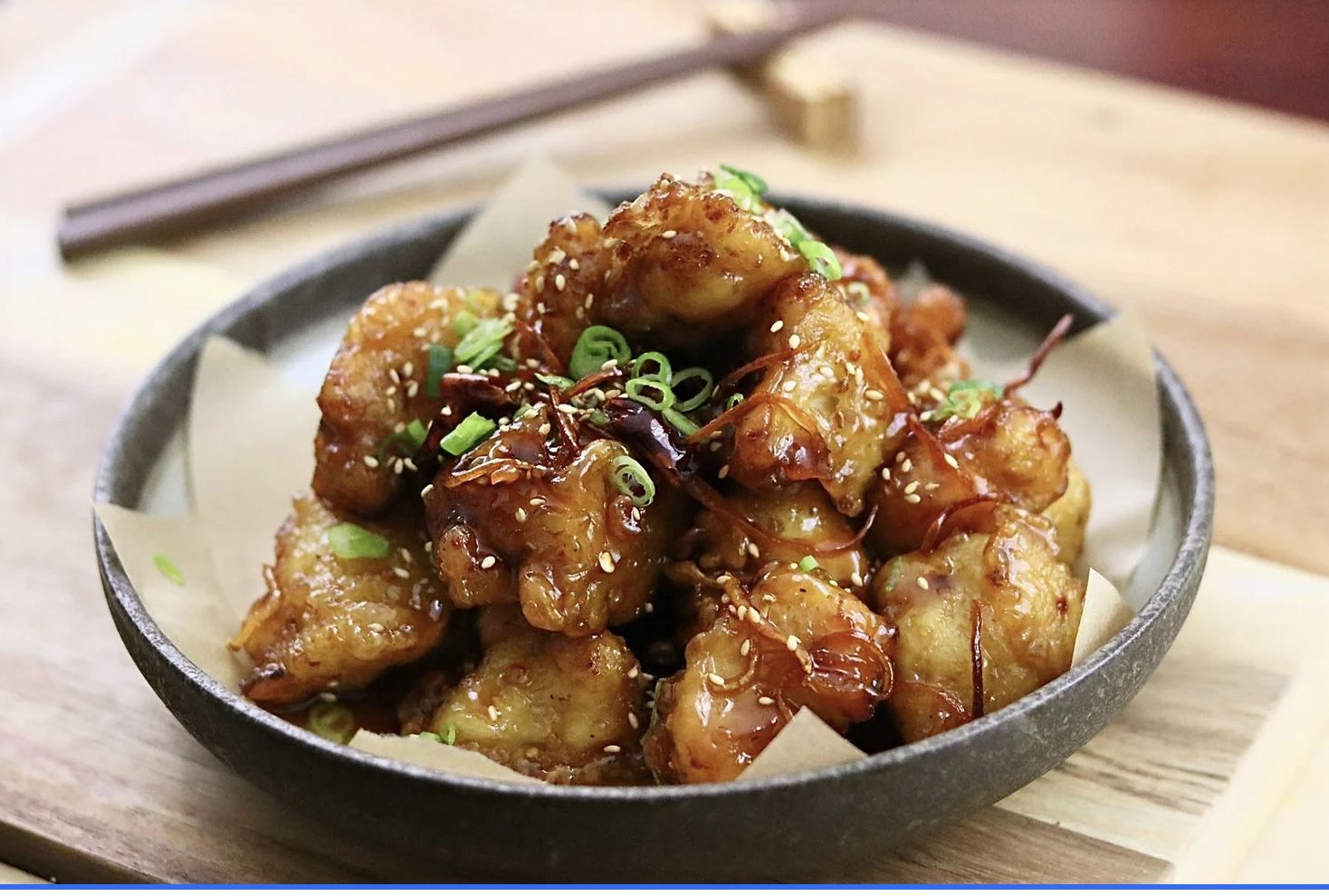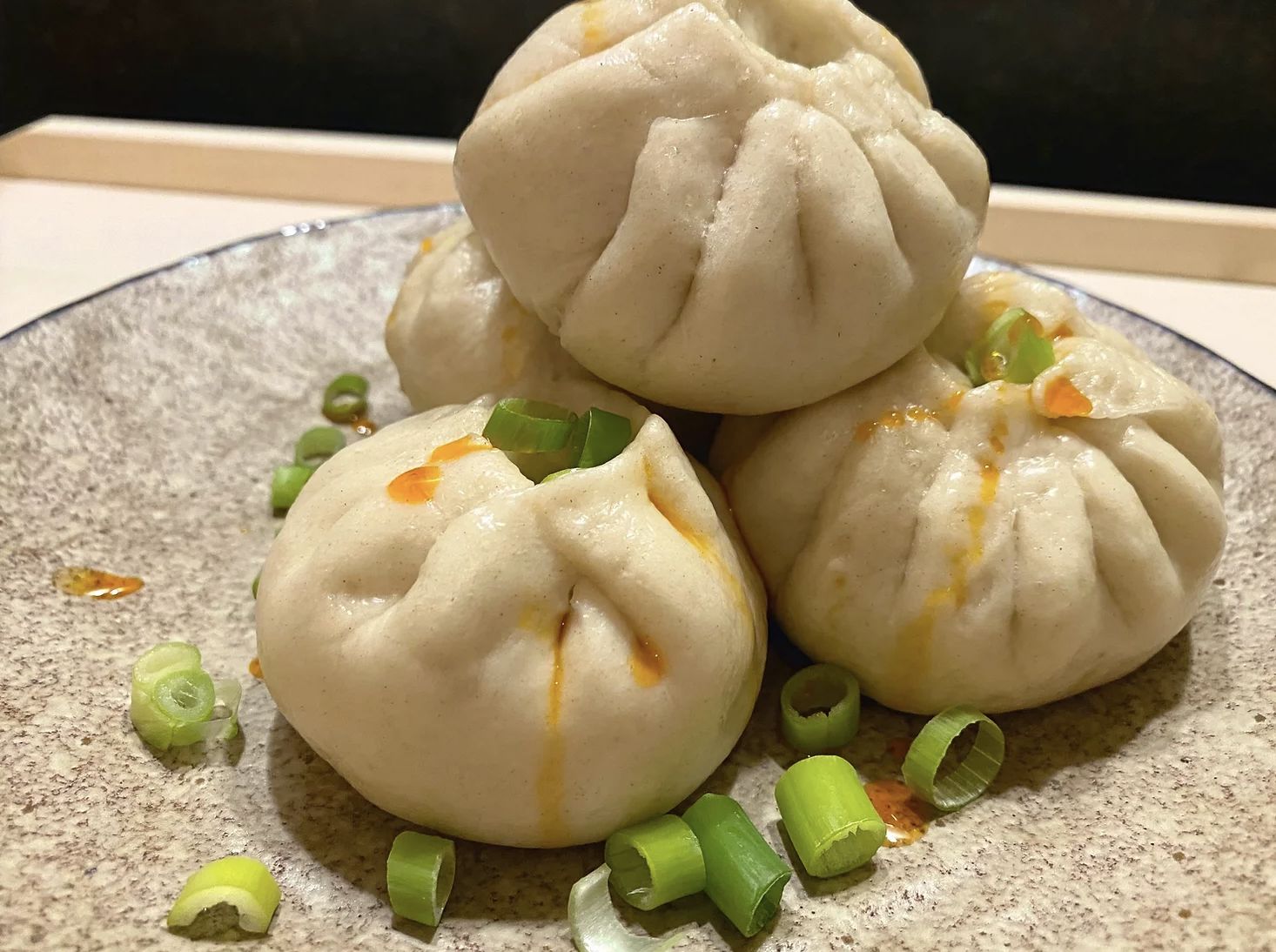
Intro:
Bao’s are one of those classic Chinese eat-on-the-go types of foods. These steamed Bao’s are great as you can fill them with mushrooms, char sui, braised meat or many other various fillings. The buns should be soft and light when cooked but the fillings should be packed with flavour. Usually, these buns are filled with minced pork, however, I wanted to create a vegetarian version to make them lighter to eat. For the flour, it’s best to use flour with approximately 8 grams of protein such as cake flour although as this is hard to get you can mix cornflour with plain flour to achieve a lighter flour. It’s hard to find an unbleached flour where I’m at but if possible try to get hold of one! With all that said let’s get to it…
Method:
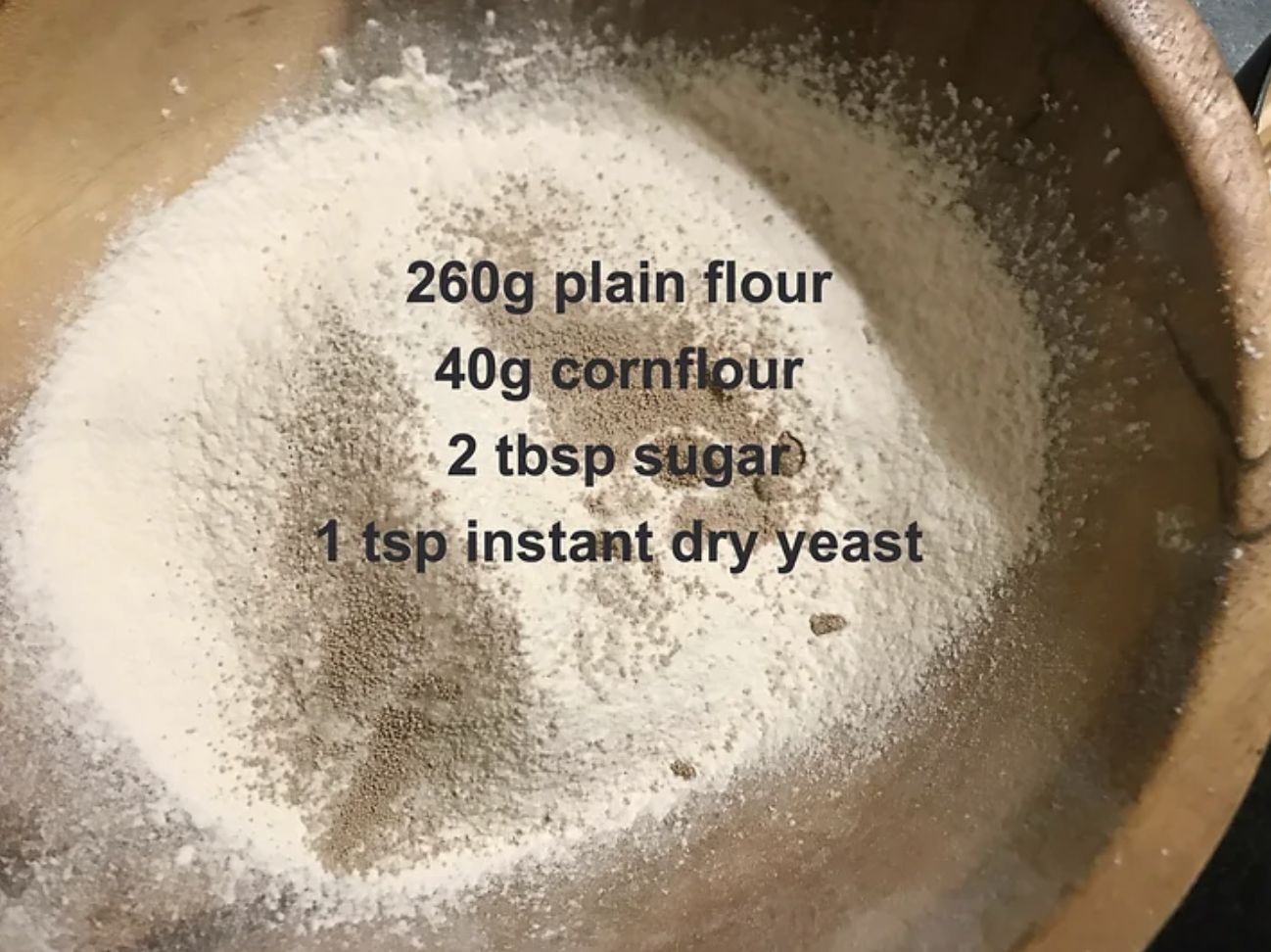
1. Start with the bao dough, in a large bowl measure out 260g plain flour, 40g cornflour, 2 tbsp sugar and 1 tsp of instant dry yeast. Now measure in a separate bowl 140ml luke warm water and 1 tbsp of oil. Gradually add the water and oil in stages mixing constantly to ensure all the flour gets hydrated. When the dough starts to form kneed with your hands until a smooth ball of dough is formed. When ready clingfilm and prove in a warm area for 90 minutes.
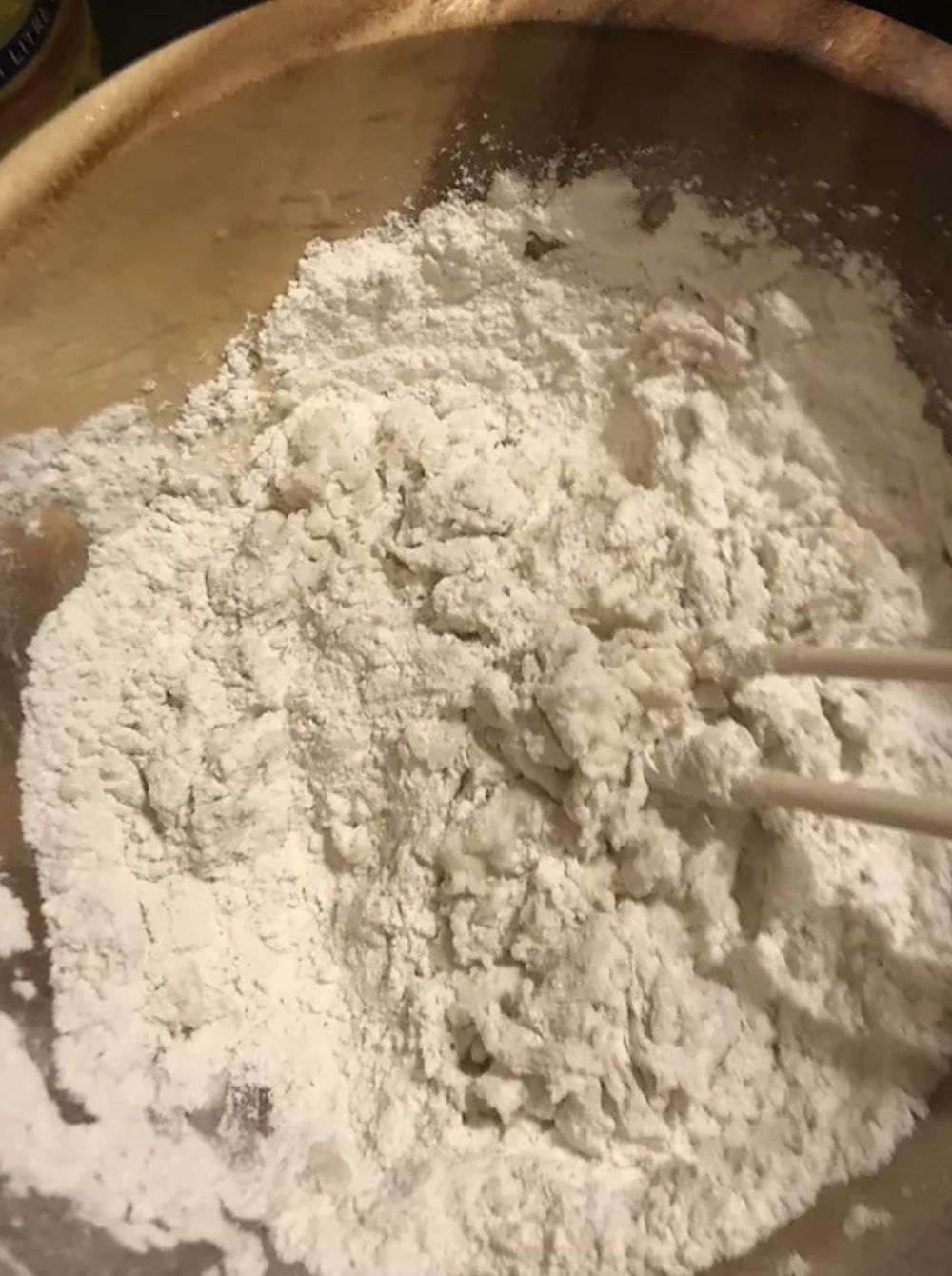
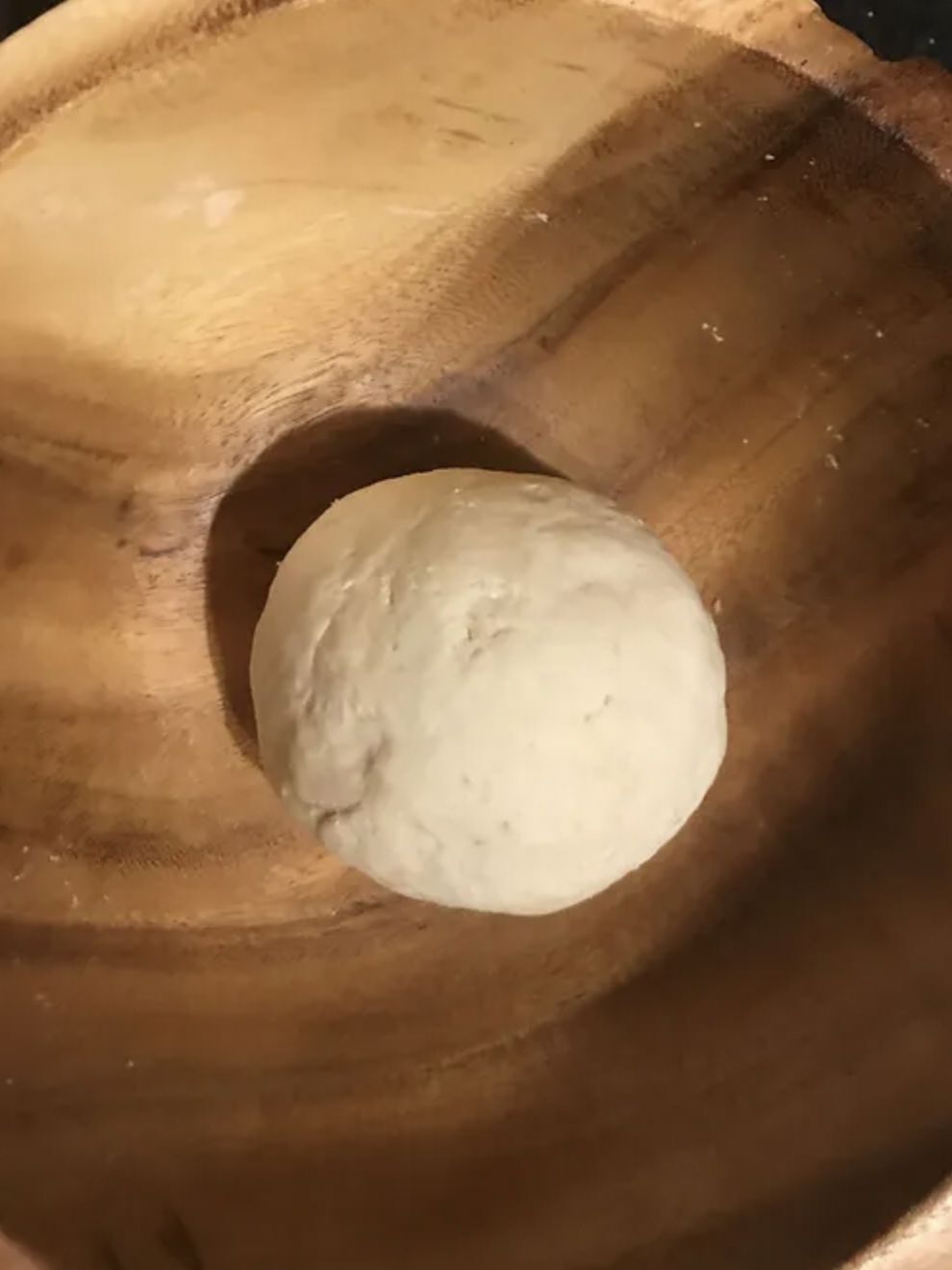
2. Whilst we are waiting for the dough to prove we can now make the filling for the buns. Using a knife finely chop into a small dice, 8 shitake mushrooms, 1/4 white cabbage, 1/2 white onion, 4 garlic shoots (optional) and 2 spring onions. Place into a large bowl then add a 3cm piece of ginger and 3 garlic cloves finely chopped. To make a bind and some flavour to the filling, add 3 tbsp oyster sauce, 2 tbsp light soy, 3 tbsp sesame oil, 1 tbsp sugar, 1 tsp crushed Szechuan peppercorns, 1 egg, 90ml water and 1 tbsp of corn flour. Mix well and season with touch of salt and white pepper.
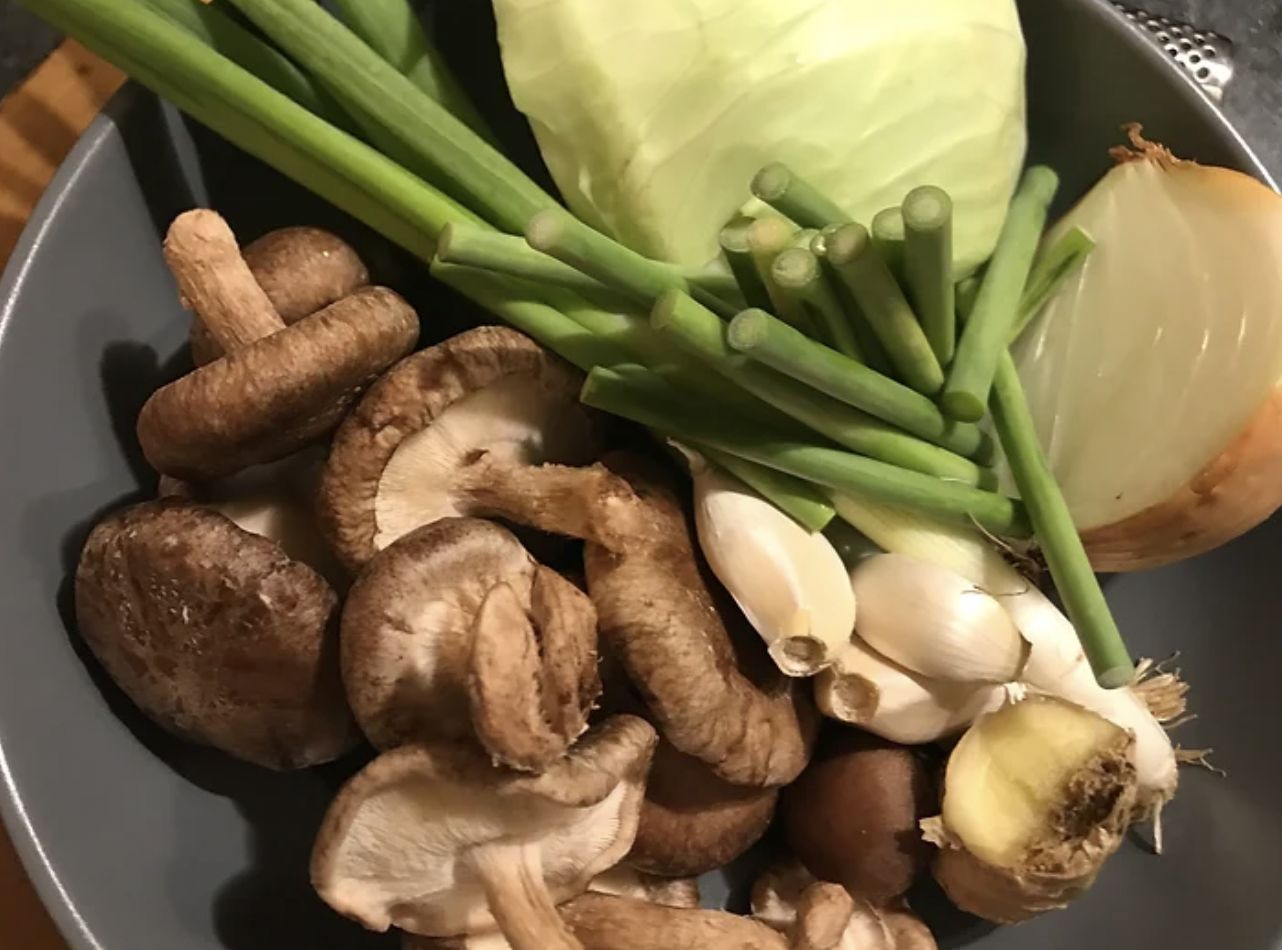
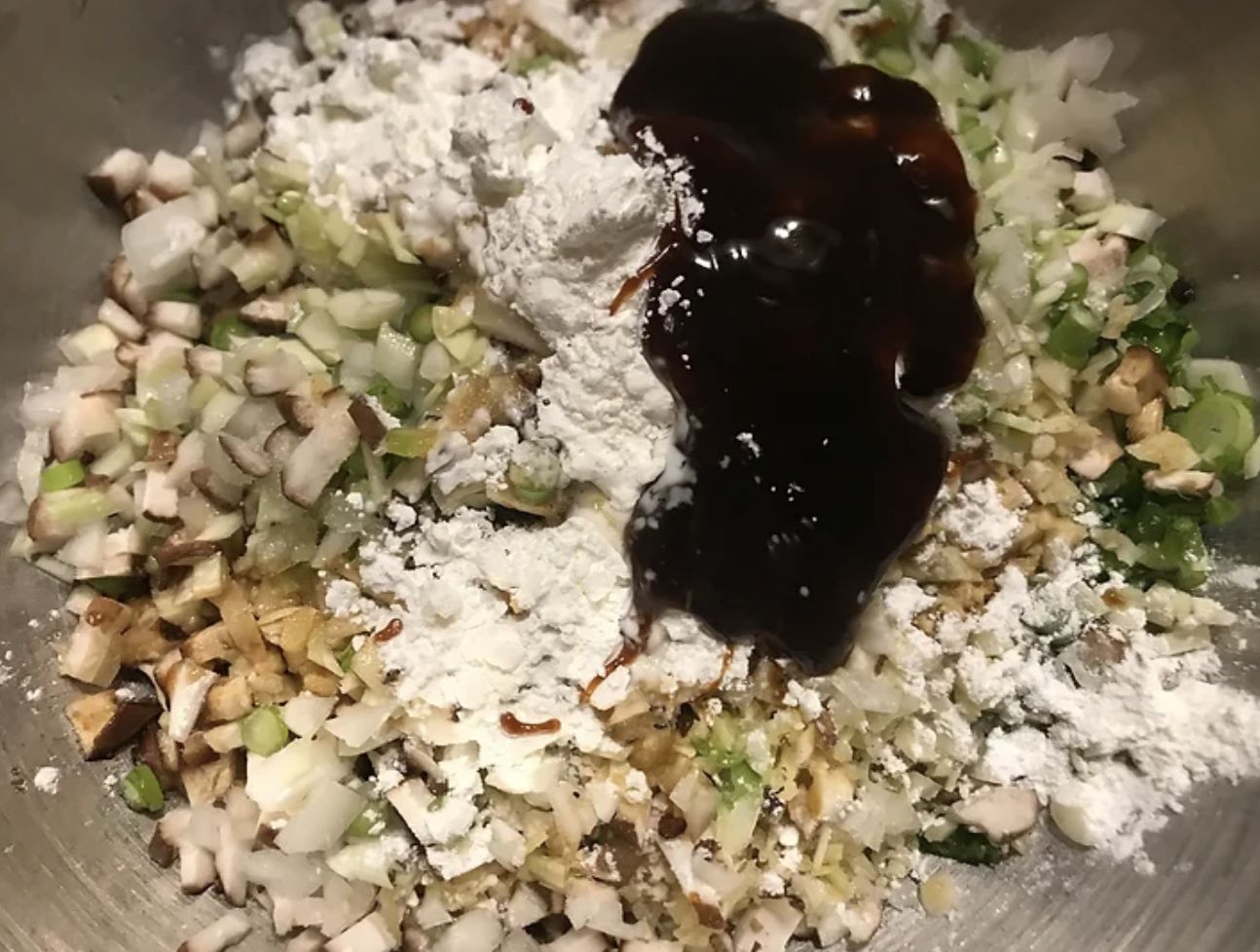
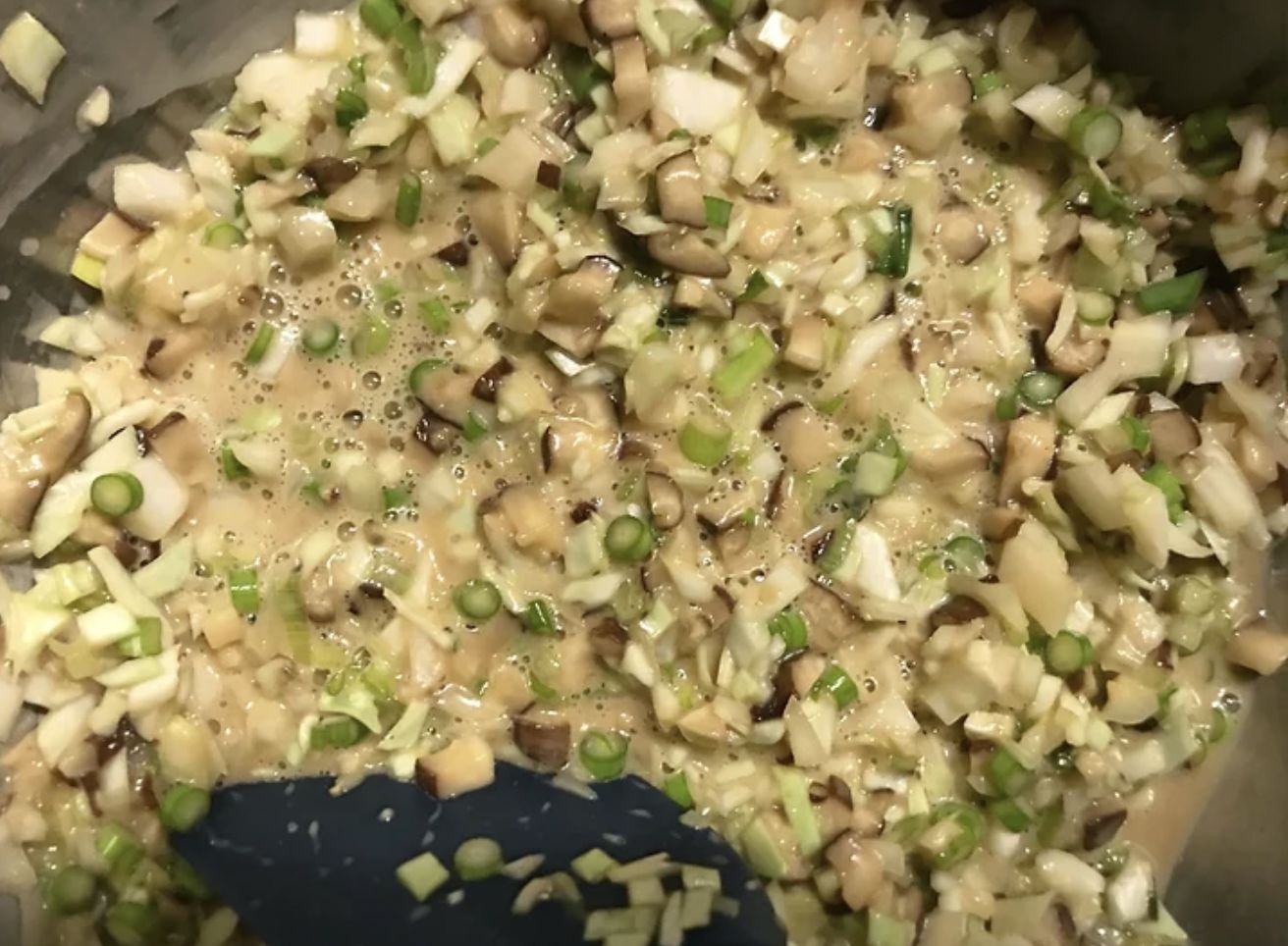
3. To make the bao filling bind and become more fragrant add to a pan with a drizzle of oil. Fry on a medium heat until the cornflour thickens the mixture, adding additional water if the mix becomes too thick. You want the mixture to be slightly wet but not so wet that the mix can leak out of the bao’s. When ready place the mixture into a bowl and allow to cool.
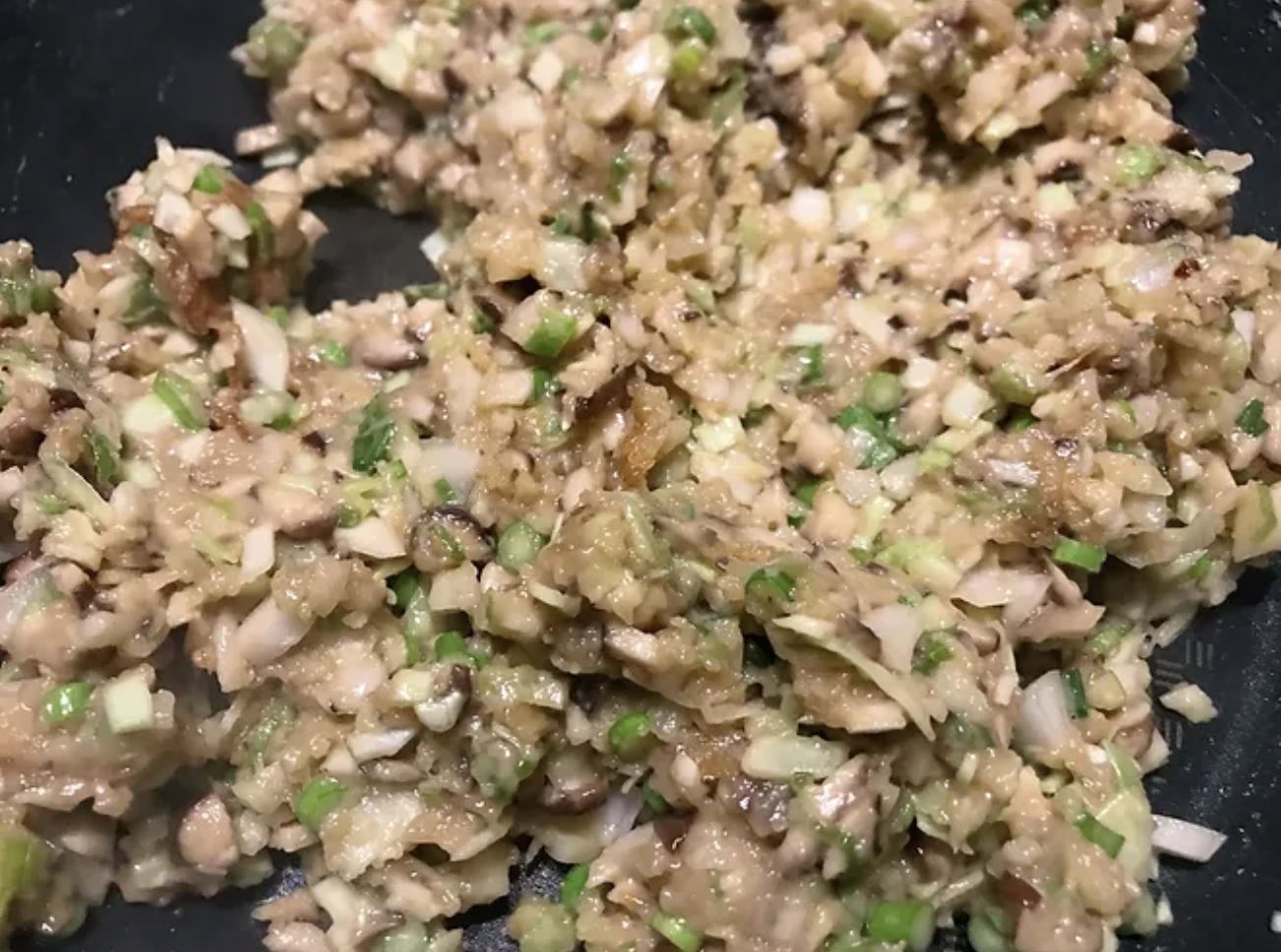
4. Now back to the bao dough, when the dough has doubled in size remove from the bowl and place onto a work surface lightly dusted with flour. Kneed the dough again until the dough becomes nice and smooth. When ready poke a hole into the middle of the dough to make a large ring shaped piece of dough. Roll until the ring becomes evenly larger, then cut the dough in half to make two equal cylinders of dough.
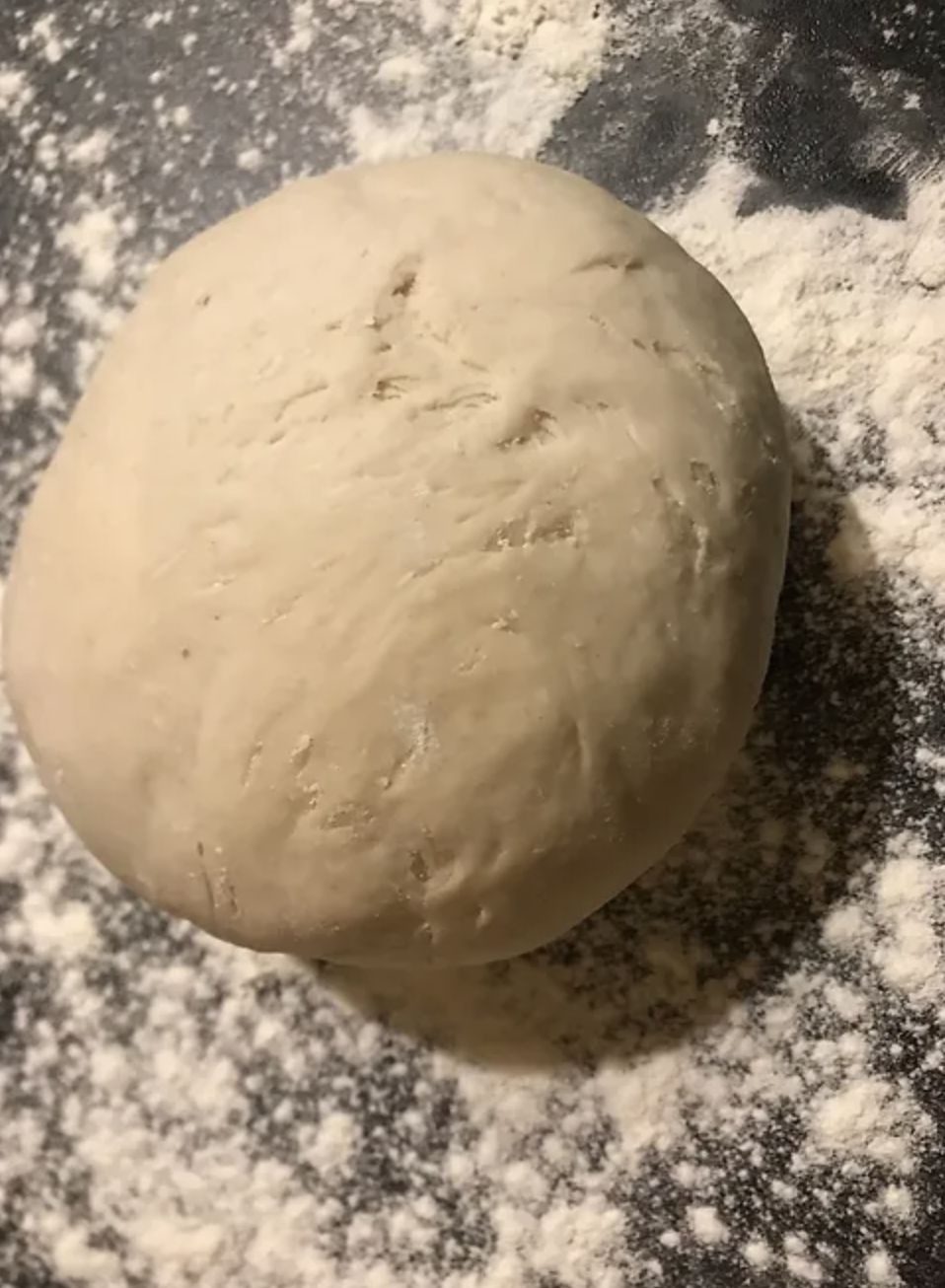
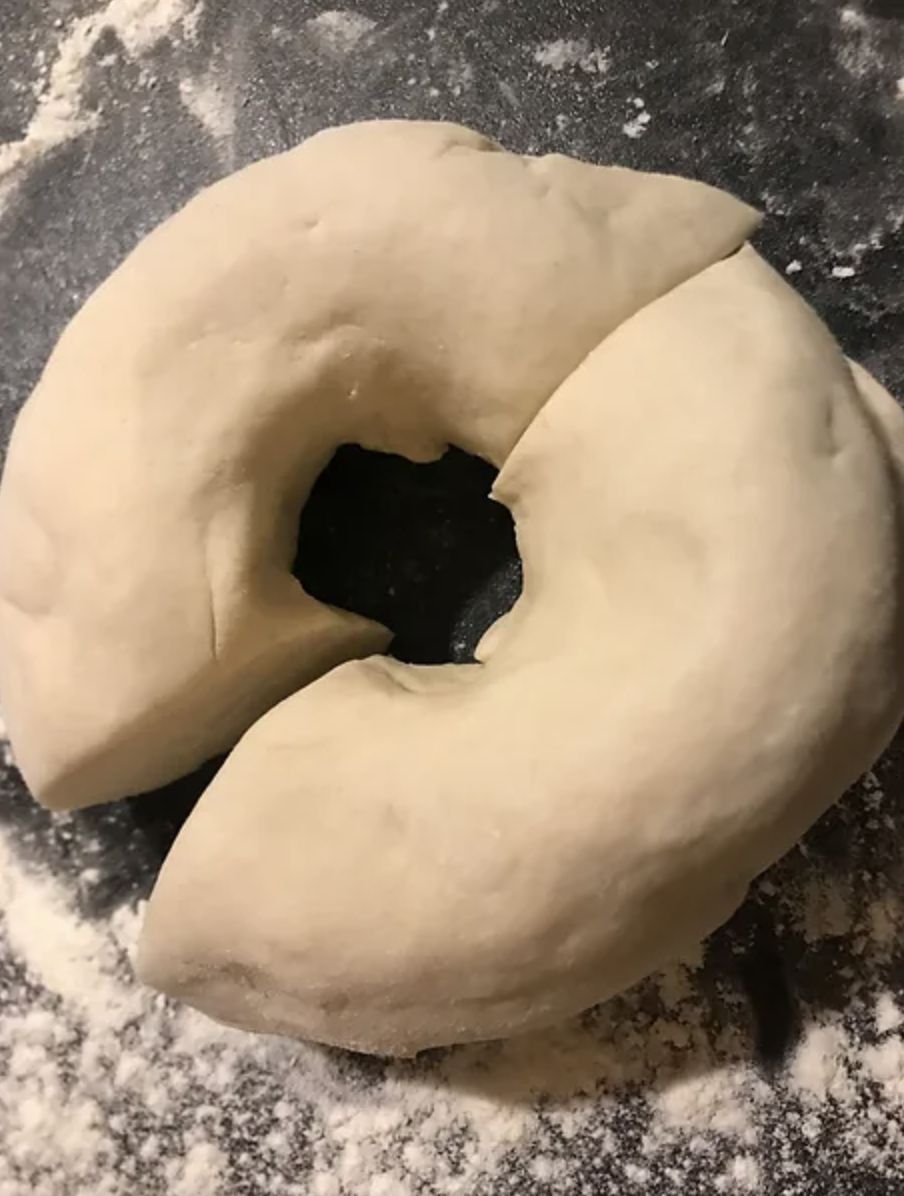
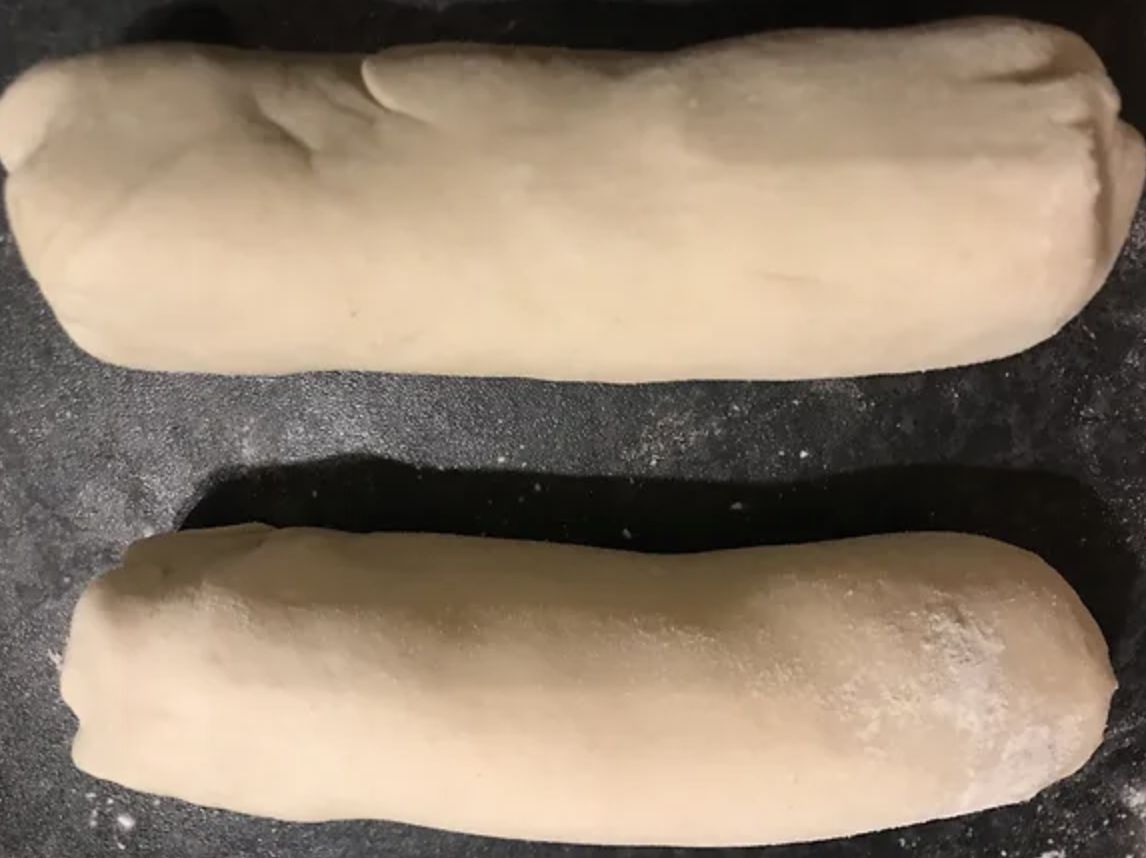
5. Now cut the dough into 10 equal disk pieces and lightly dust again with flour. To roll the dough take each piece of dough and flatten with your palm. When flat take a small rolling pin and roll from the out side of the dough into the centre to create thin edges whilst the middle of the dough remains slightly thicker. When rolling make sure to slightly turn the piece of dough whilst rolling to the middle to create an even flat disk. Continue this method until all the dough is shaped then place to one side and cover with clingfilm. (Each disk of dough should be roughly the size of your hand).
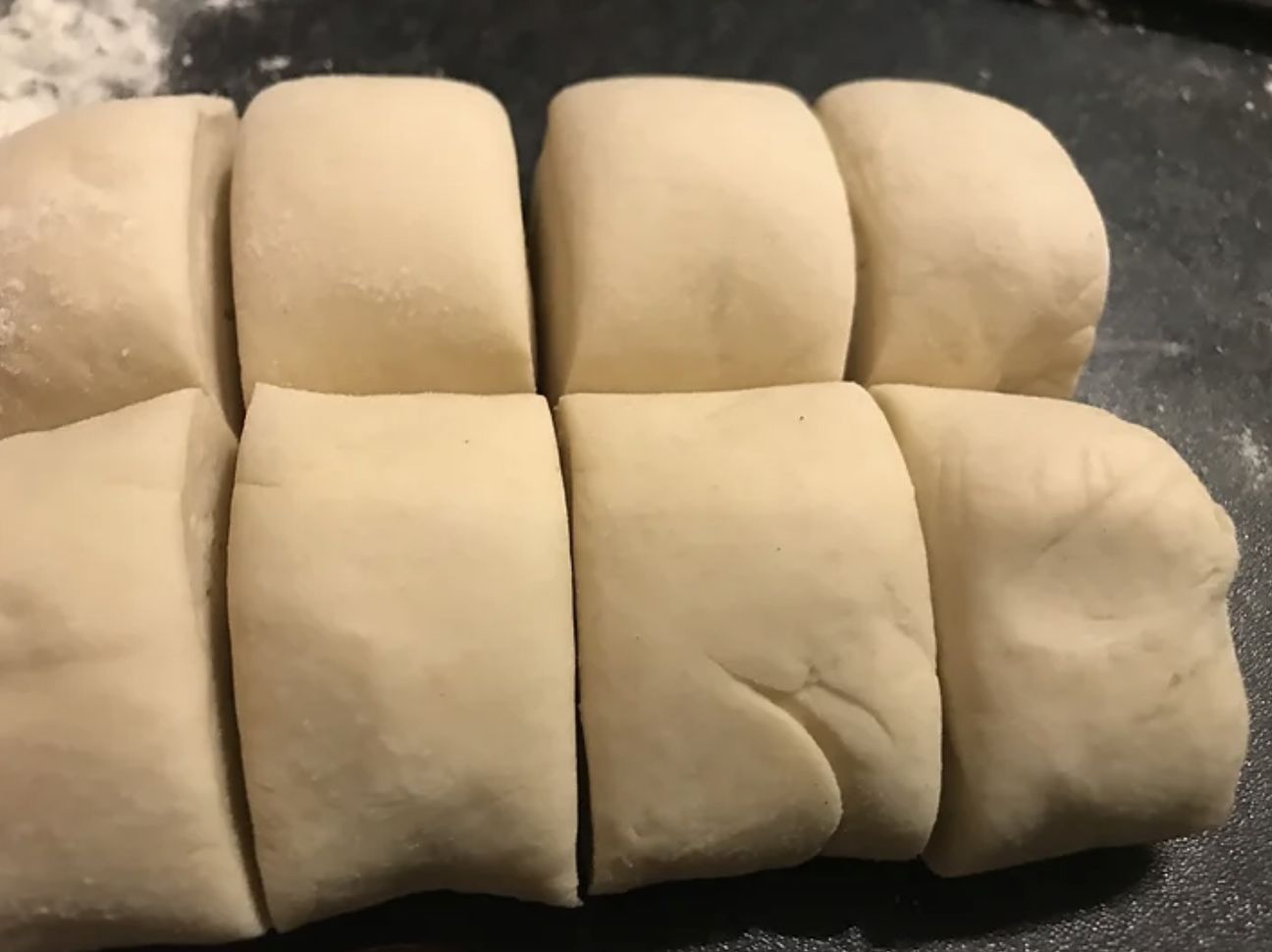
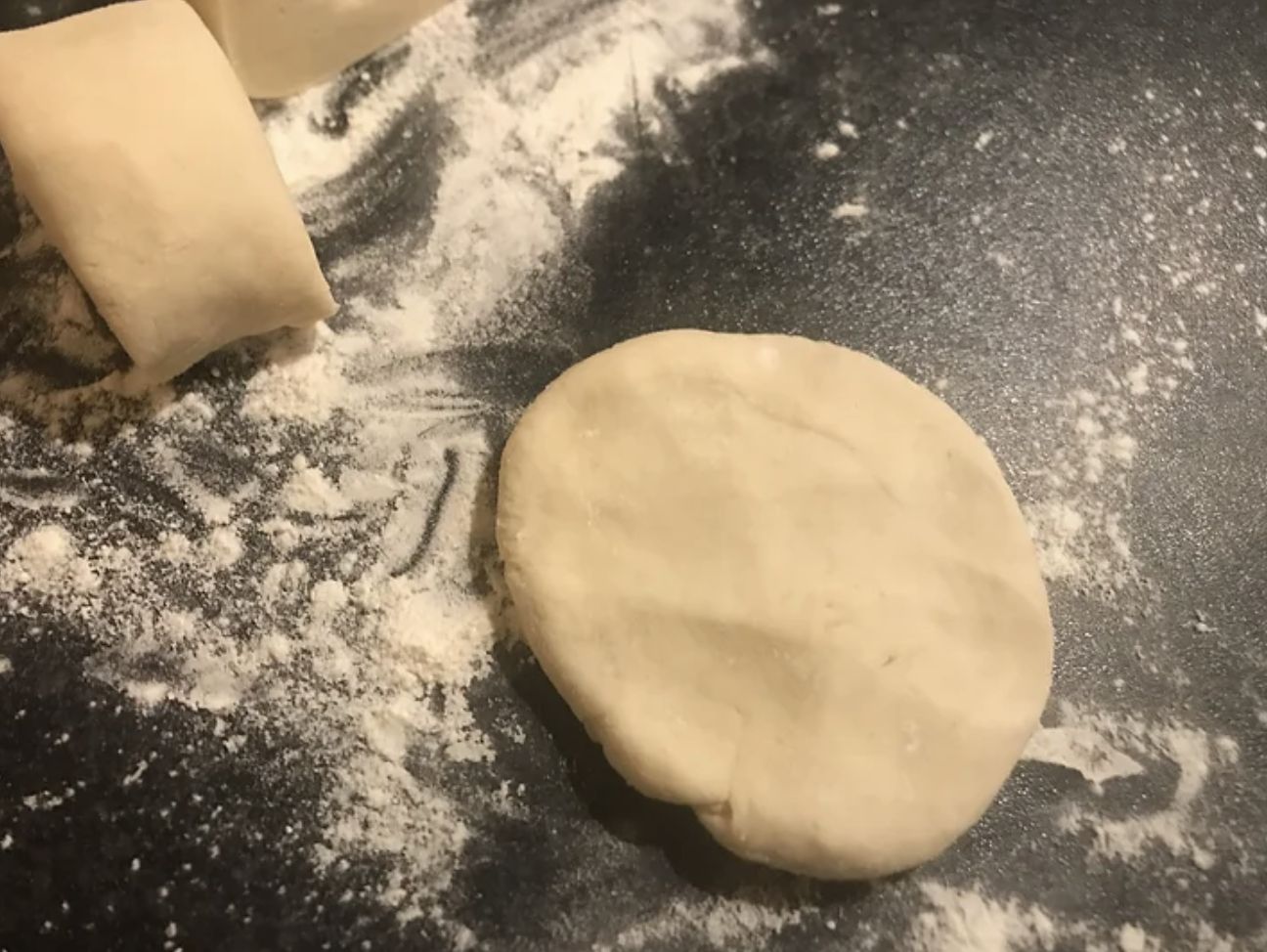
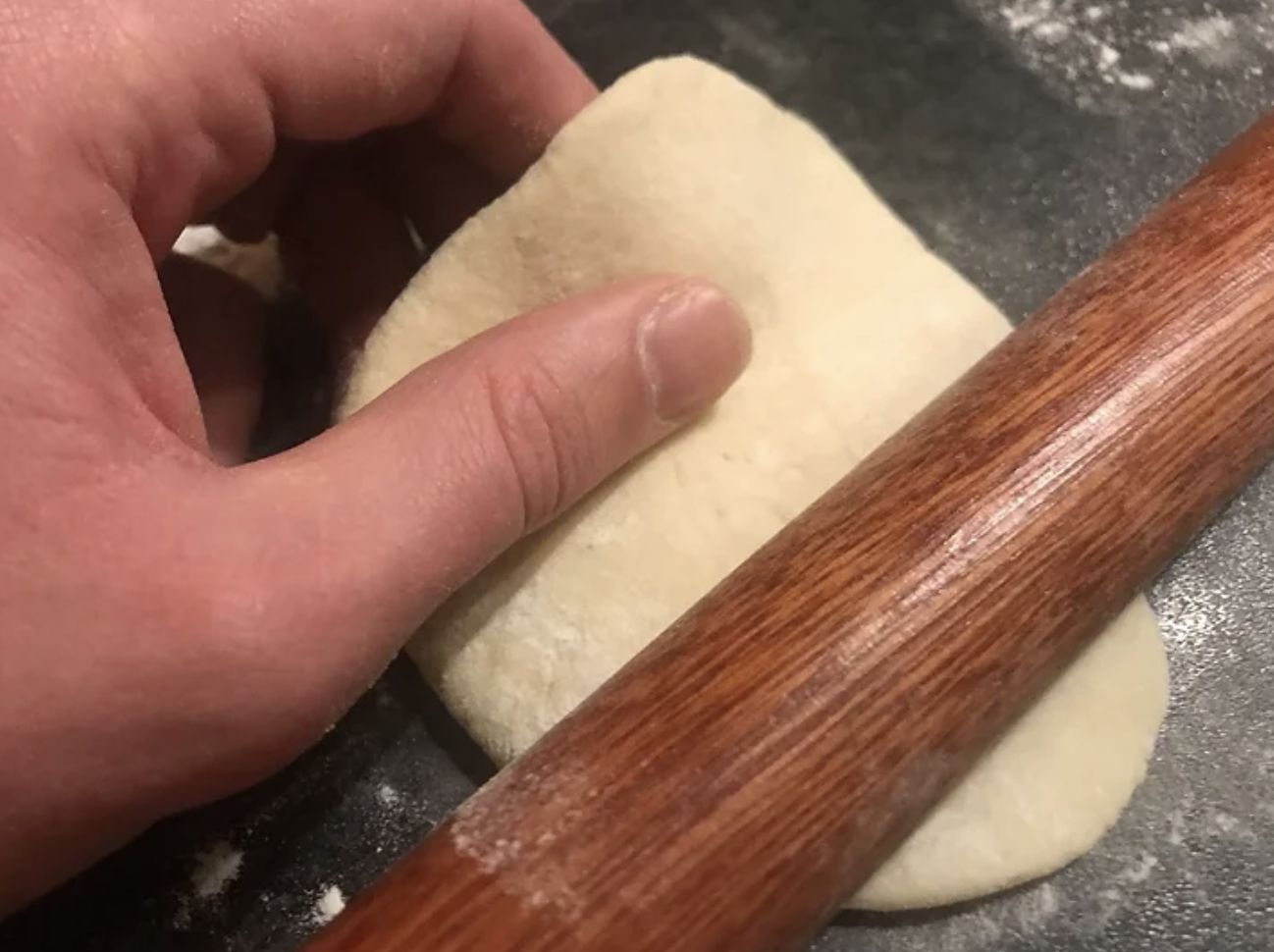
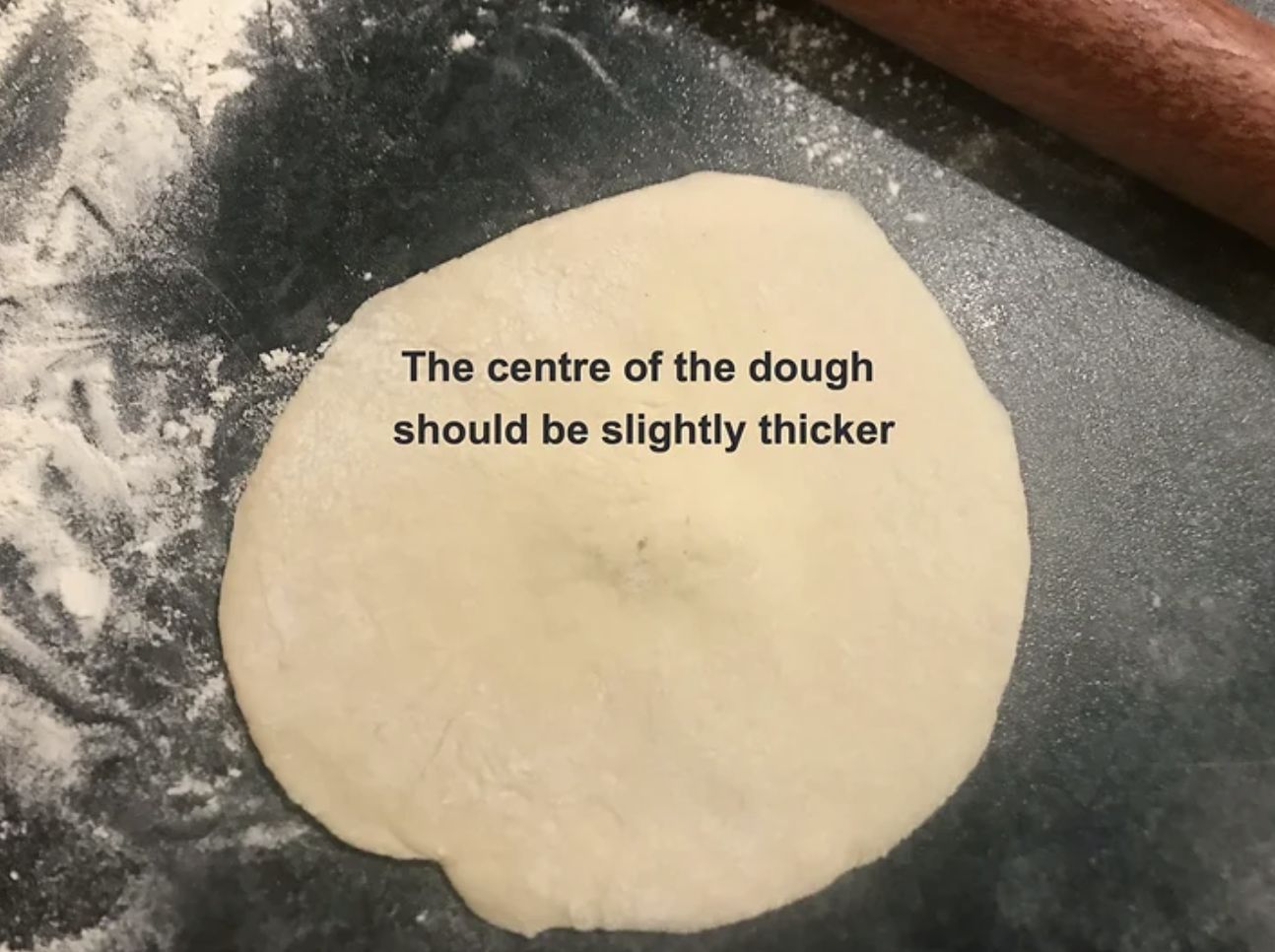
6. When all of the dough is shaped we can now create the bao’s, take 1 piece of dough and place it into your palm. Now add roughly 1 tbsp of filling into the centre of the dough. To fold the dough there are various ways to do so but for this recipe I went with the classic bao bun fold. Using the other hand crimp a corner of the dough by using your thumb and index finger to create a small fold. Now keeping your thumb on the fold use your index finger again to create another equal fold and fold over the top pinching to seal. Continue the process until all of the bao is folded using your opposite hand to turn the dough as you fold it. This may take some practice and to be honest there are dozens of videos out there to help on how to fold bao’s.
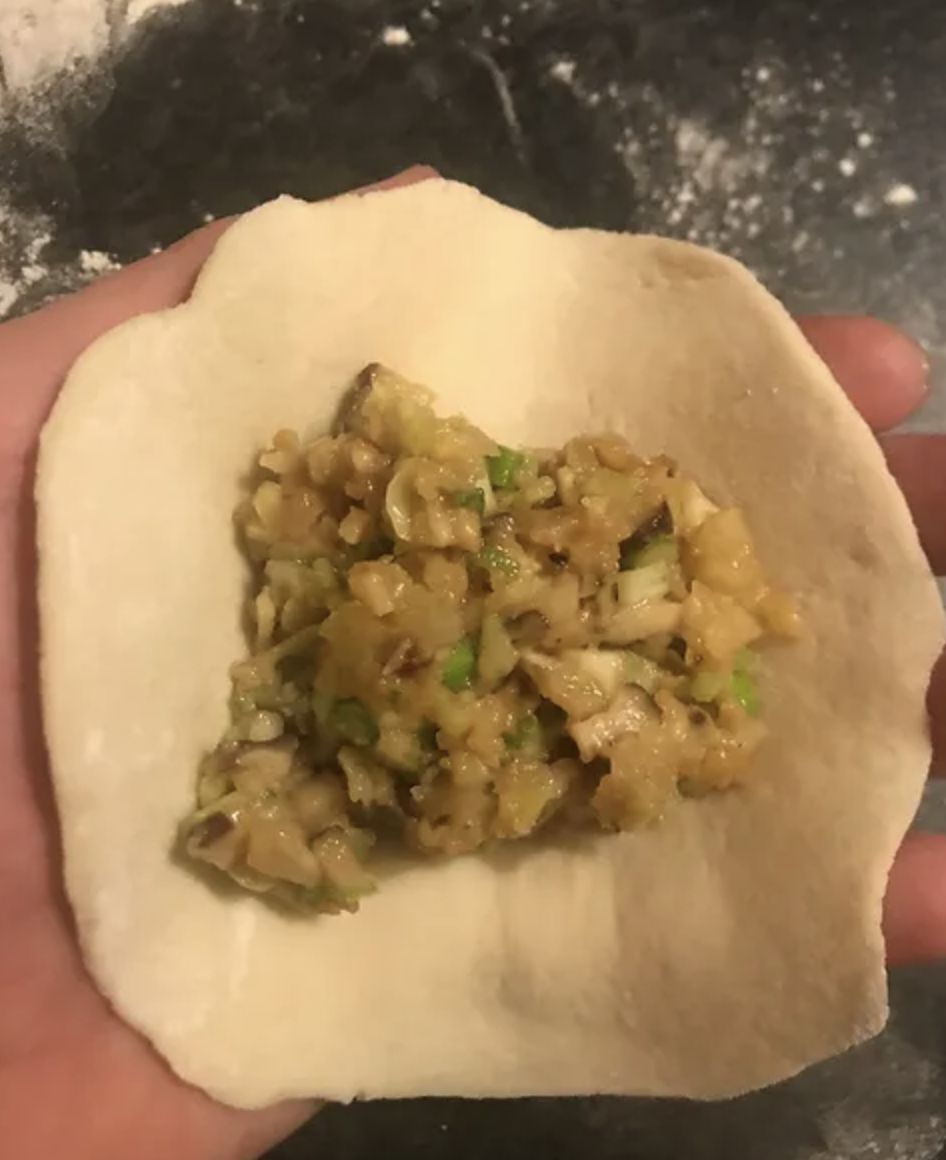
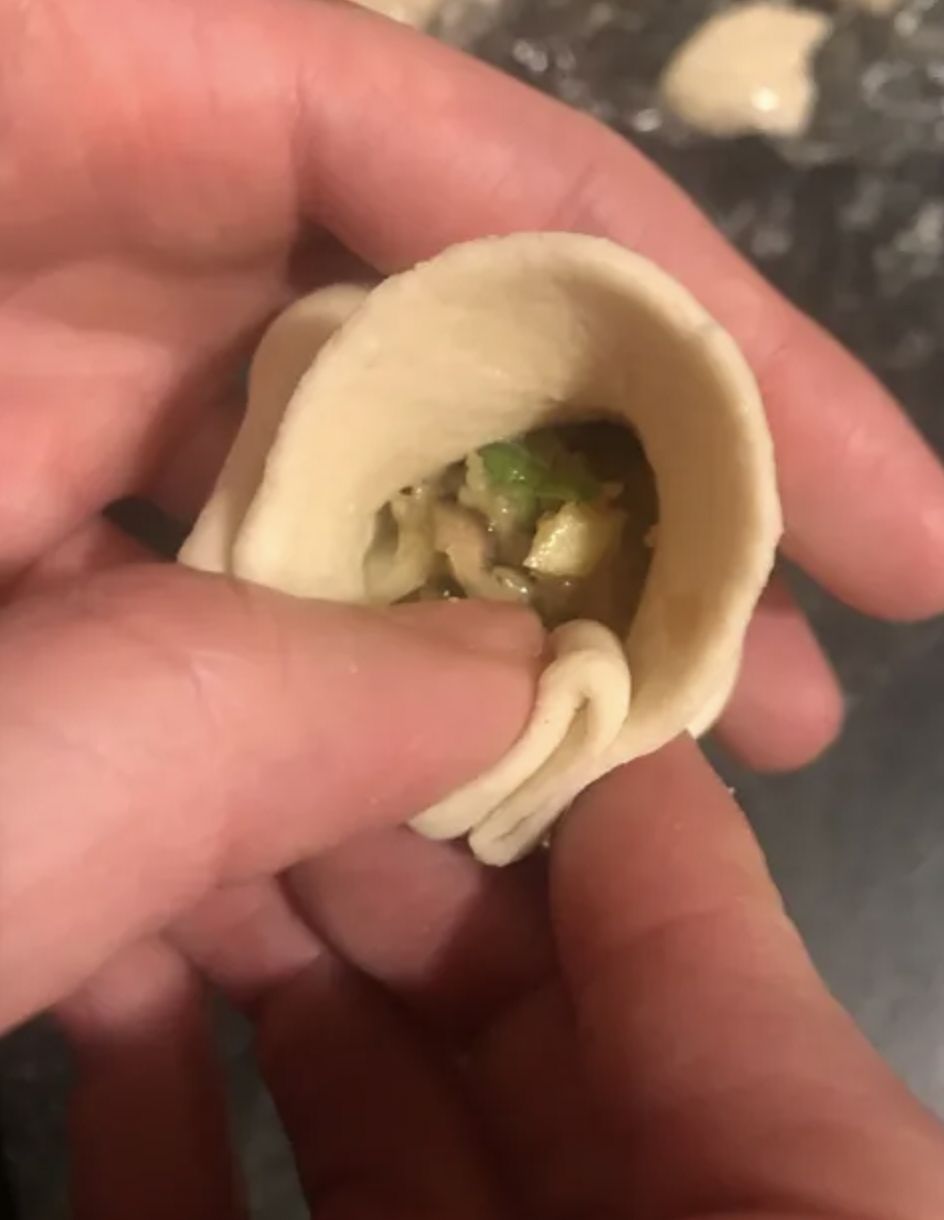
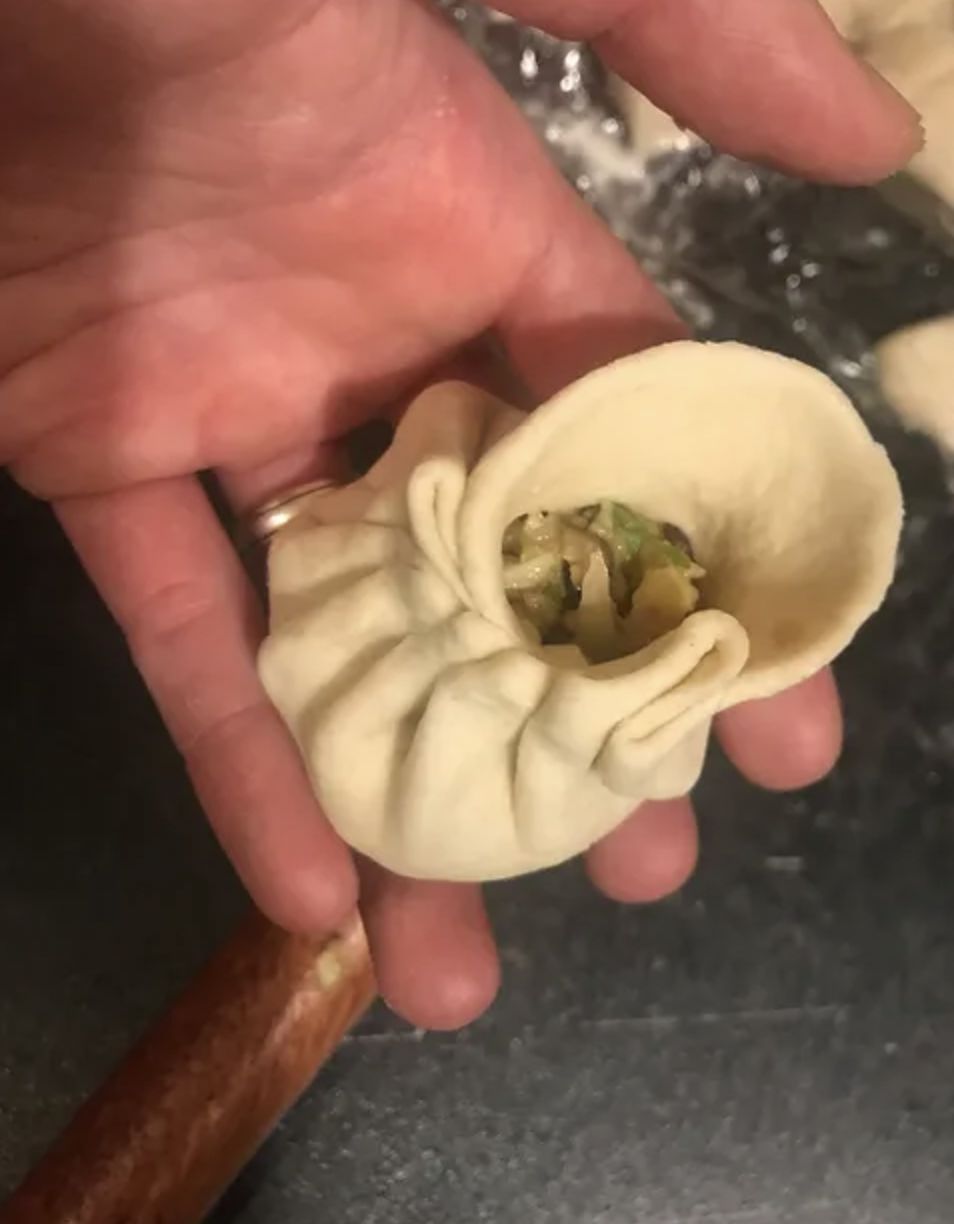
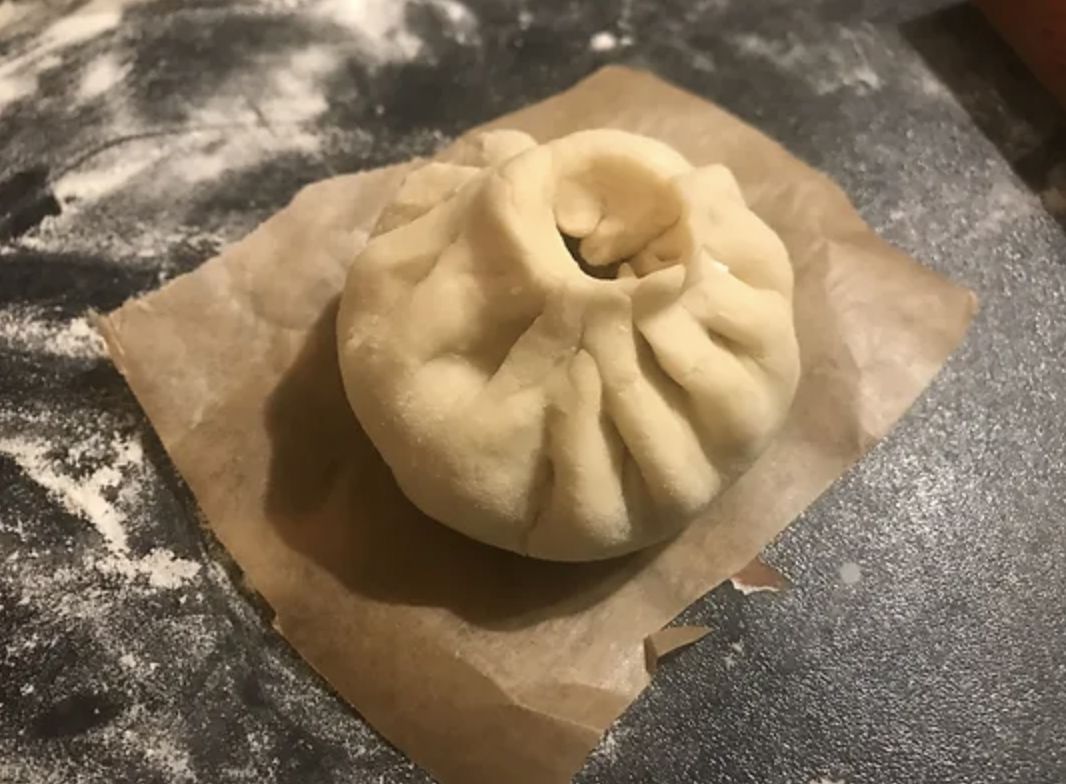
7. When all the bao’s are ready place onto small squares of parchment paper then place onto a tray and cover with clingfilm. Allow the bao’s to rest and rise again for 20 minutes before steaming them.
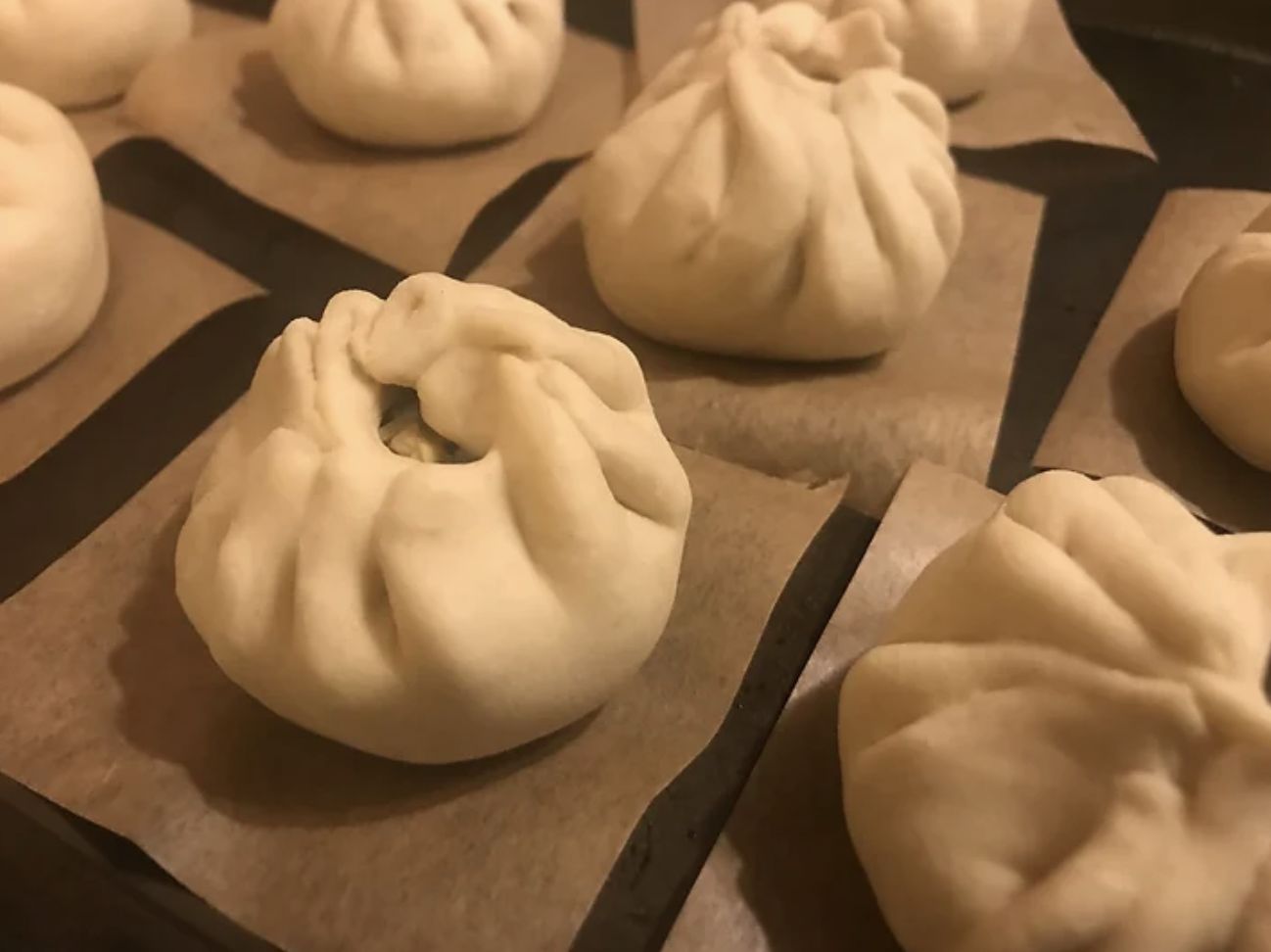
8. To cook add the bao’s into a tiered bamboo steamer and steam for 15 minutes until light and fluffy. If you don’t have a bamboo steamer then simply fill a pan a 1/4 full of water then place onto a medium to high heat then place a sieve just over the water. Add the bao’s in batches and cover with tinfoil or a lid to create the steam. When the bao’s are cooked take care to remove from the steamer and allow to cool slighly. (When steaming the bao’s allow a little room between each one as they will expand whilst cooking).
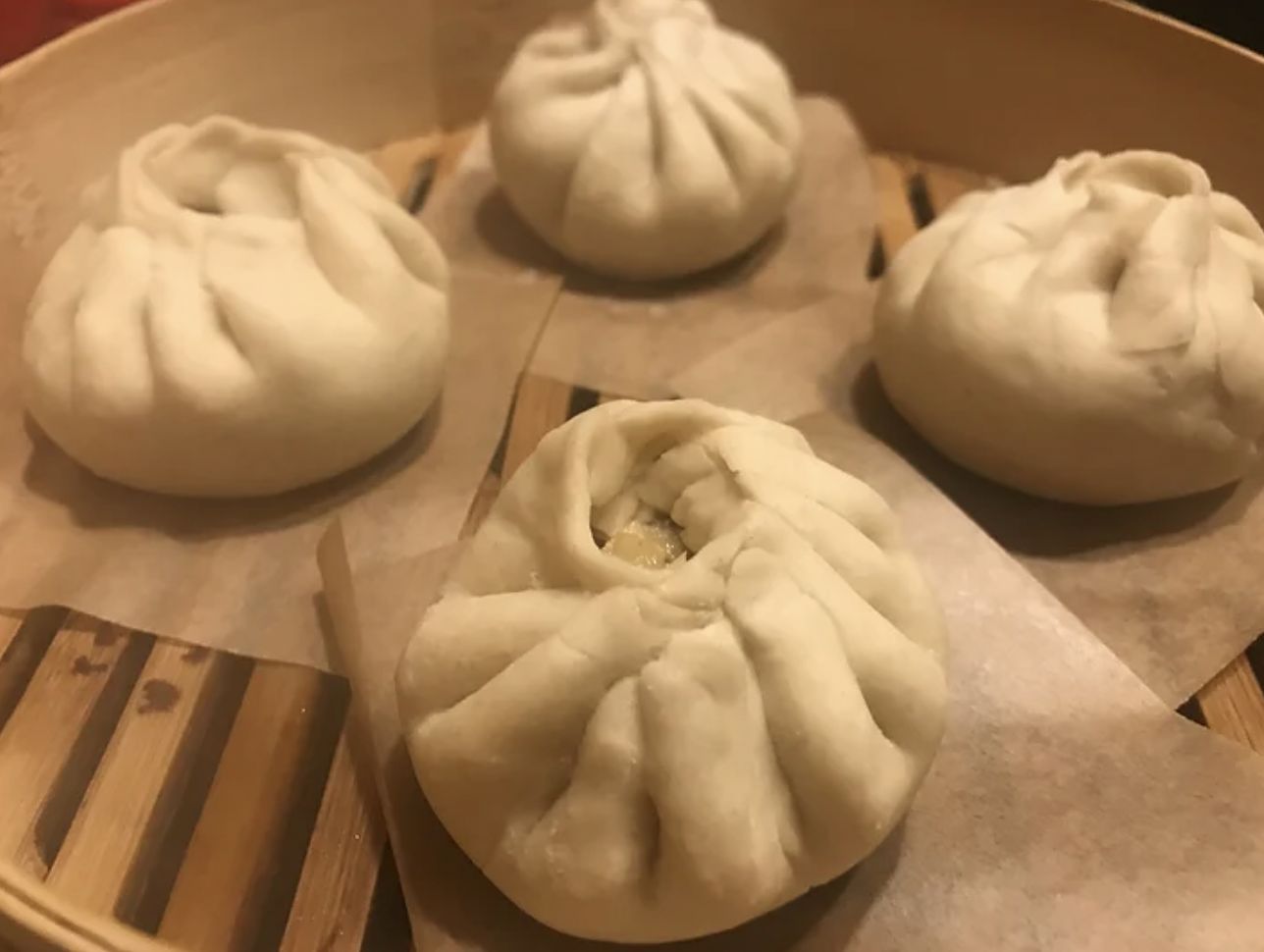
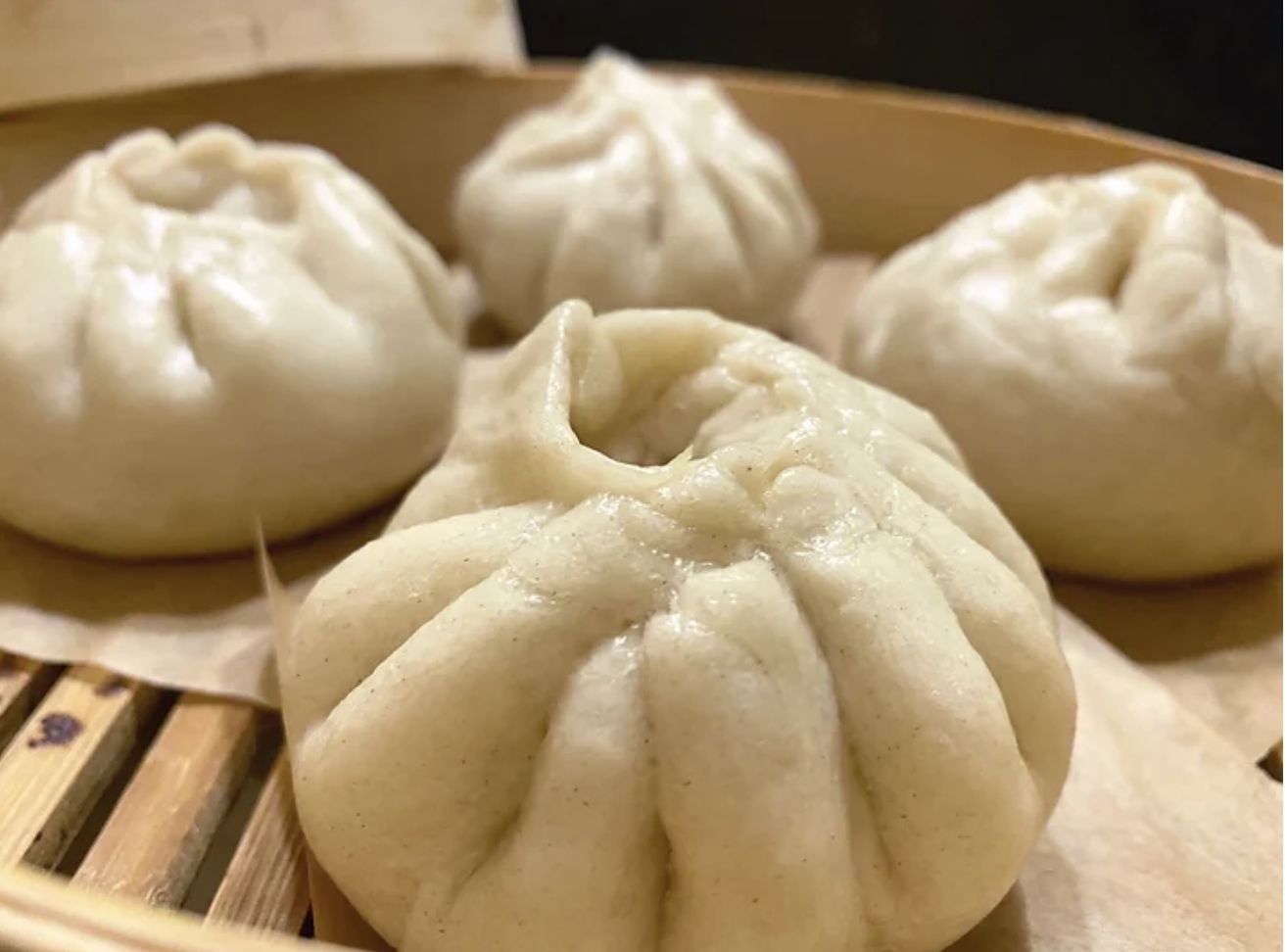
9. To serve the bao’s I personally like a drizzle of chilli oil and black vinegar, or you could just simply eat them on the go! Have fun making Bao’s!!!
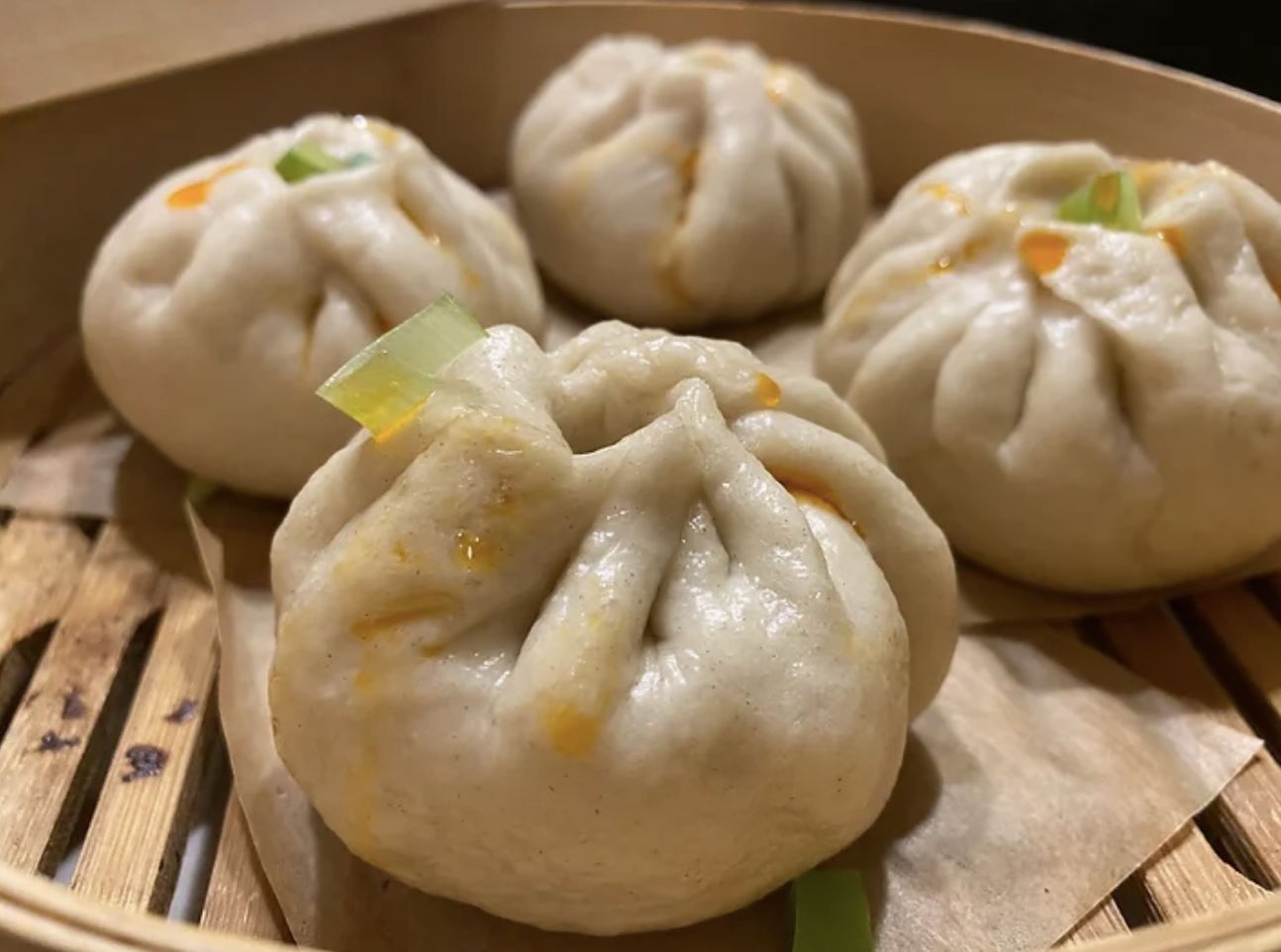
Additional notes
For the filling, you can use minced pork, char siu, braised beef or various other vegetables. As long as the mix is slightly wet and cool when filling you should be good to go. For the rolling method, there are many ways in which to roll bao’s but if you were really struggling then simply roll into a ball sealing the edges. Another way to cook the bao’s is by lightly frying it with a little oil then when golden brown adds a small amount of water and place a lid over the top and steam that way. This method is also great as it adds a crispy texture to the buns. Have fun playing around with making bao buns!!
Ingredients
To make 10 buns
Bao buns:
260g plain flour
40g cornflour
1 tbsp cooking oil
2 tbsp sugar
1 tsp instant dry yeast
140ml luke warm water
Filling:
8-10 shitake mushrooms
1/4 white cabbage
1/2 white onion
3cm piece of ginger
3 garlic cloves
4 garlic shoots (optional)
2 spring onions
1 tsp Szechuan pepper corns (optional)
3tbsp oyster sauce
2 tbsp light soy
3 tbsp sesame oil
1 tbsp sugar
1 tbsp corn flour
90 ml water
1 egg
salt and white pepper

